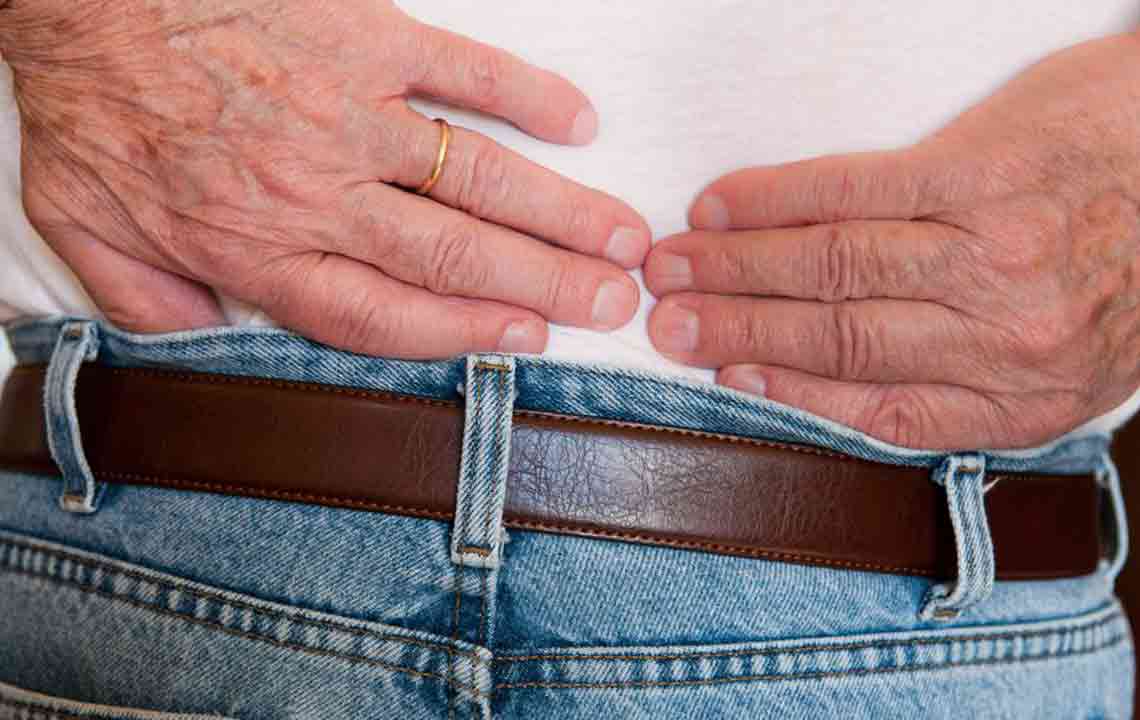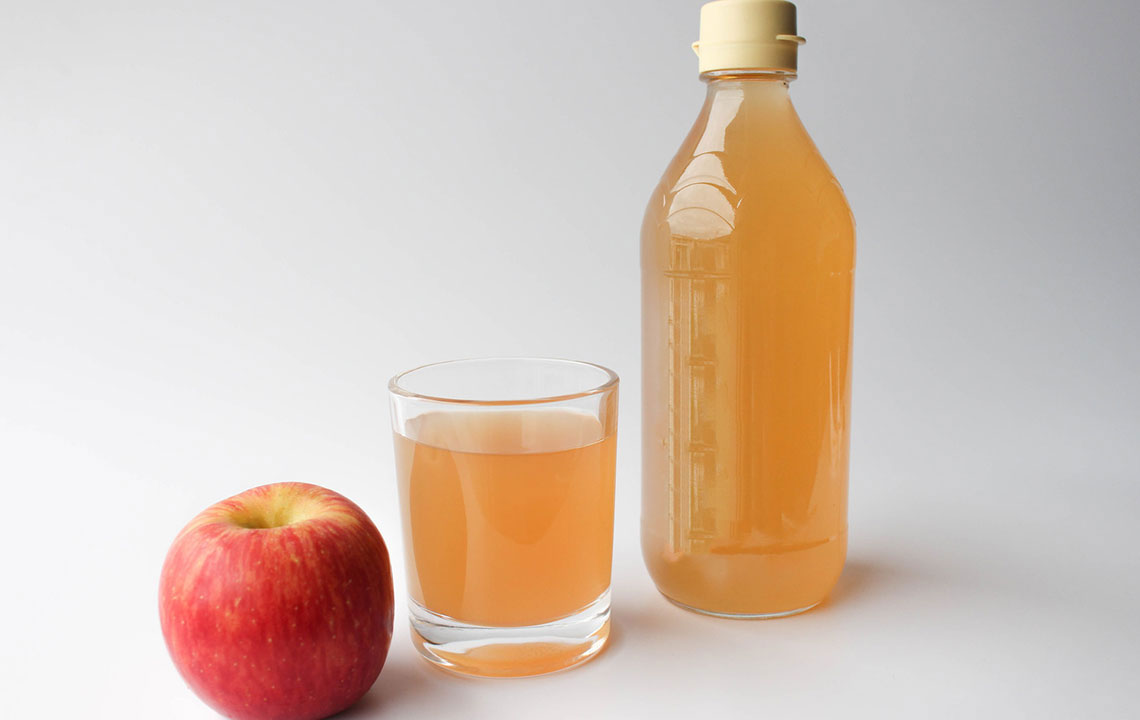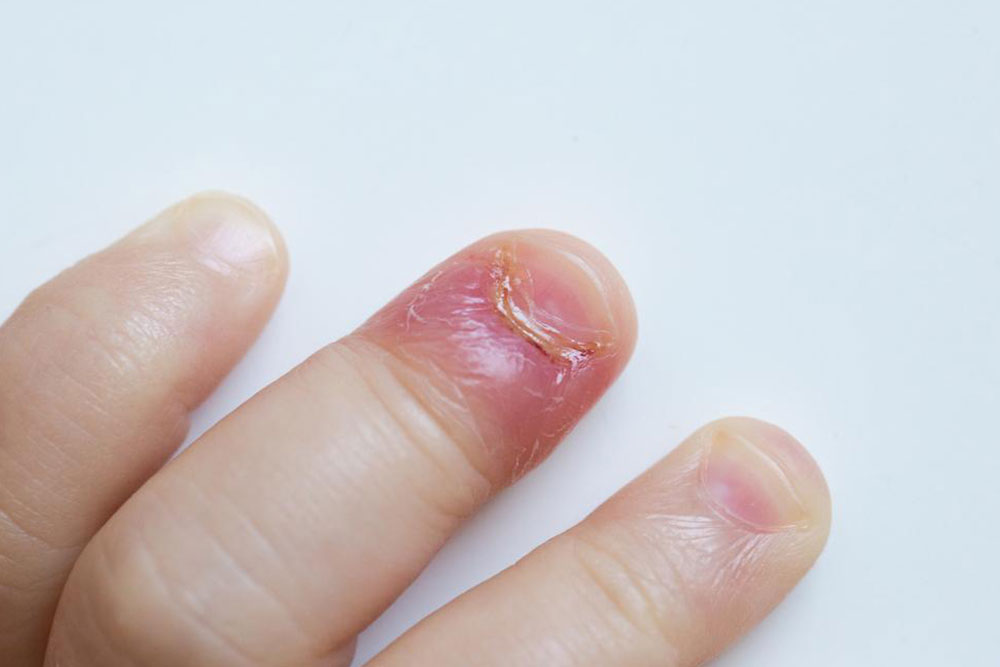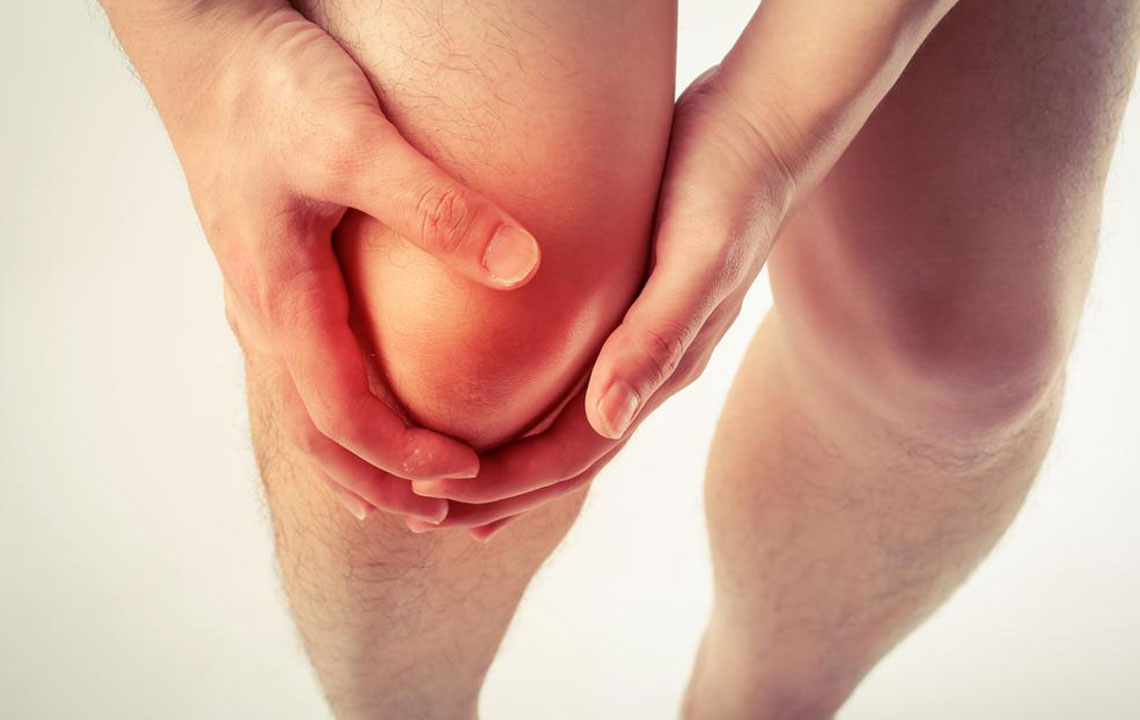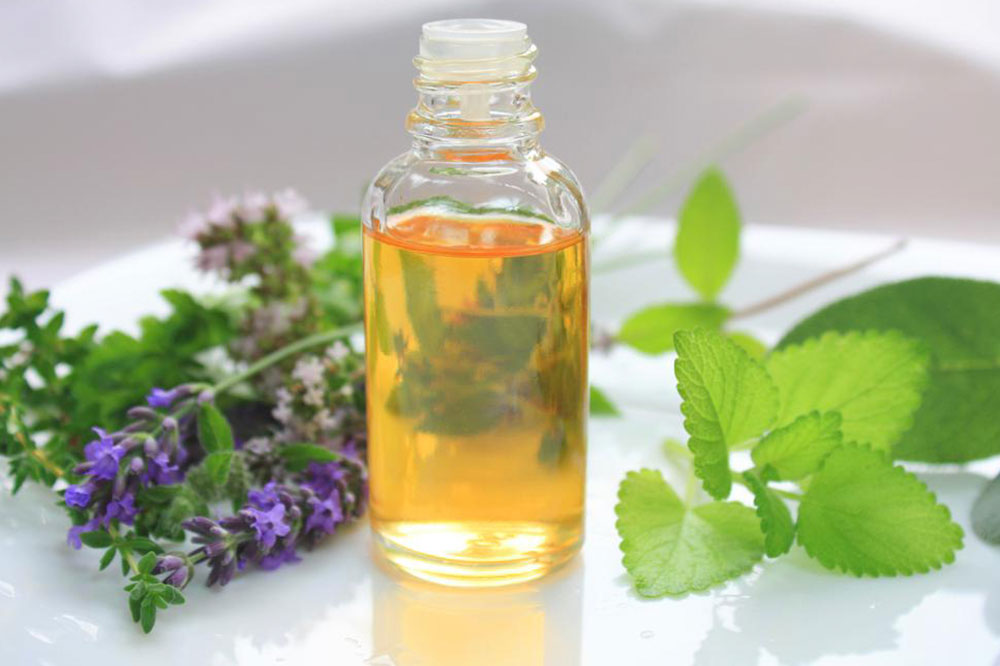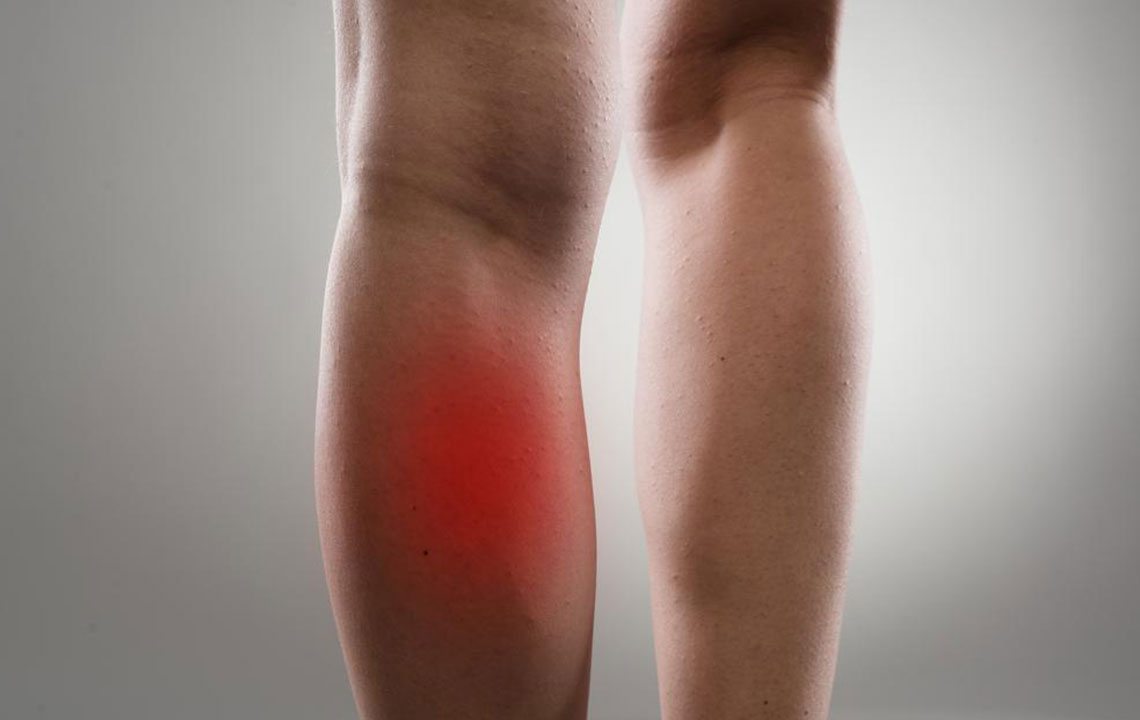Simple Home Strategies for Managing Trigger Finger
Discover effective home remedies for trigger finger, including rest, cold compresses, warm soaks, stretching, splinting, massage, and tendon exercises. These simple methods can help reduce inflammation, relieve pain, and improve finger mobility naturally. Recognize symptoms early and seek medical advice if necessary to prevent long-term issues.
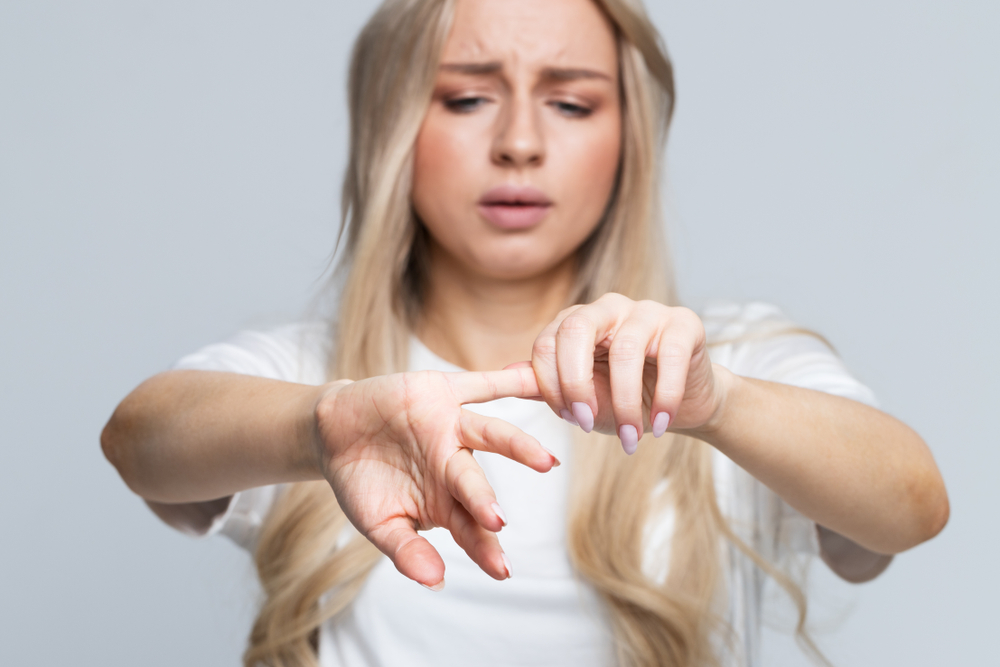
Simple Home Strategies for Managing Trigger Finger
Trigger finger is a condition characterized by the finger getting stuck in a bent position, often accompanied by a clicking or snapping sensation. Also called trigger thumb, it occurs when inflammation narrows the space within the sheath surrounding the finger's tendons. In extreme cases, the finger may become locked in a fully bent state.
Managing Trigger Finger at Home
These methods can effectively alleviate symptoms and encourage healing without medical intervention.Allow Rest for Your Fingers
Giving your fingers ample rest is crucial for recovery. Avoid using affected fingers strenuously for about three to four weeks to reduce inflammation and promote healing. Protect the finger from unnecessary pressure during and after recovery, and handle it with care.Use Cold Compresses
Applying a cold compress can soothe the affected area, reducing pain and swelling. Regular application numbs nerves and helps ease inflammation, providing quick relief from trigger finger discomfort.Soak in Warm Water
Soaking your fingers in lukewarm water relaxes tendons and muscles, accelerating healing. This simple practice alleviates pain and improves finger mobility. Ensure the water isn't too hot for safe and effective treatment.Incorporate Stretching Exercises
Gentle stretching, like spreading fingers wide and curling them into a fist repeatedly, enhances flexibility and reduces stiffness. Performing these exercises 10-15 times daily supports recovery and restores finger function.Apply a Splint
Using a splint on the affected finger keeps it in a proper position, minimizing movement and inflammation. Wearing a splint, especially overnight, prevents bending and promotes restful healing. Be careful not to tighten it too much to maintain proper blood flow.Massage the Affected Area
Gentle massage increases circulation and relaxes muscles. Warm a small amount of massage oil, apply it to the finger, and gently knead for 5-10 minutes. Regular massages 2-3 times daily can reduce swelling and discomfort.Practice Tendon Gliding Exercises
Tendon gliding movements help eliminate scar tissue and adhesions. Regular, correct practice is key to effective relief from trigger finger symptoms.People engaged in repetitive gripping activities are more vulnerable. If symptoms like inflammation, warmth, stiffness, numbness, or pain are present, seek immediate medical attention. Prompt diagnosis ensures proper treatment and prevents further complications.

